Bond’s catfish - Corydoras bondi
Scientific name: Corydoras bondi
Common name: Bond’s catfish
Family: Callichthyidae
Usual size in fish tanks: 4 - 6 cm (1.57 - 2.36 inch)
014
Recommended pH range: 6.5 - 7.2
Recommended water hardness: 8 - 14°N (142.86 - 250ppm)
0°C 32°F30°C 86°F
Recommended temperature range: 20 - 24 °C (68 - 75.2°F)
The way how these fish reproduce: Spawning
Where the species comes from: South America
Temperament to its own species: peaceful
Temperament toward other fish species: peaceful
Usual place in the tank: Bottom levels
Food and Feeding
Bond’s Catfish (Corydoras bondi) thrive on a varied diet. While high-quality flakes can serve as the staple, supplementing their diet with sinking algae wafers and live or frozen treats such as bloodworms, daphnia, and brine shrimp helps keep them in excellent condition. Providing a diverse diet ensures optimal health and supports their natural scavenging behavior. Feed them small portions twice daily, ensuring the food reaches the tank bottom where they can easily access it.
Origin
Bond’s Catfish (Corydoras bondi) is native to South America, specifically found in the rivers and streams of Venezuela and Guyana. These habitats typically feature soft substrates, slow-moving waters, and dense vegetation, providing shelter and food sources. Replicating these conditions in captivity helps them feel secure and display natural behaviors.
Sexing
Sexing Corydoras bondi can be done by observing the fish from above. Females are larger with rounder, fuller bellies, especially during breeding seasons. Males are generally smaller and slimmer, making the differences noticeable in mature individuals.
Breeding
Although there have been no confirmed reports of Bond’s Catfish breeding in captivity, it is believed they reproduce similarly to other Corydoras species. In the wild, breeding is often triggered by environmental changes such as cooler water temperatures and increased water flow, mimicking seasonal rains. To encourage spawning in an aquarium, provide clean, slightly cooler water and a well-planted environment with flat surfaces like smooth stones or broad plant leaves for egg-laying. Eggs, once laid, should be carefully protected from potential predators. Fry can be fed finely crushed flakes, infusoria, or newly hatched brine shrimp for optimal growth.
Lifespan
With proper care, Bond’s Catfish can live 3-5 years in captivity. Maintaining stable water conditions, providing a balanced diet, and ensuring a stress-free environment are key to maximizing their lifespan.
Short Description
Corydoras bondi are peaceful, social fish that should be kept in groups of at least five to thrive. They prefer tanks with soft, sandy substrates to protect their sensitive barbels and plenty of plants and hiding spots to mimic their natural habitat. Most of their activity occurs during the evening or night. These bottom-dwelling scavengers are ideal for community tanks with other peaceful species, making them a delightful addition to well-maintained aquariums.
Pictures
Bought by aqua-fish.net from jjphoto.dk.
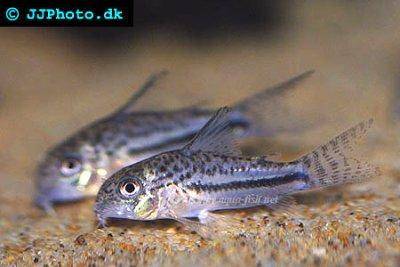


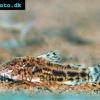 Aspidoras
Aspidoras 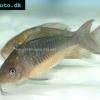 Giant
Giant 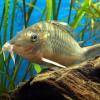 Hognosed
Hognosed 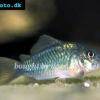 Emerald
Emerald 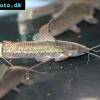 Cascarudo
Cascarudo 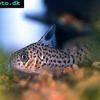 Acre
Acre 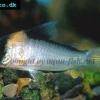 Adolfo’s
Adolfo’s 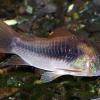 Bronze
Bronze 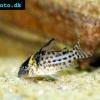 Agassizii’s
Agassizii’s 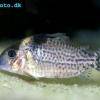 Spotted
Spotted 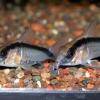 Skunk
Skunk 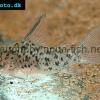 Corydoras
Corydoras 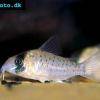 Fairy
Fairy 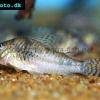 Corydoras
Corydoras 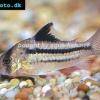 Pink
Pink 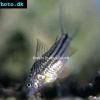 San
San  Spotted
Spotted 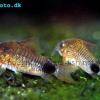 Tailspot
Tailspot 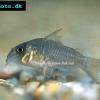 Concolor
Concolor 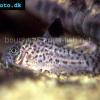 Cope’s
Cope’s 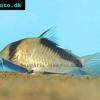 Sand’s
Sand’s 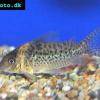 False
False 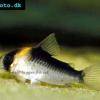 False
False 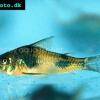 Ehrhardt’s
Ehrhardt’s 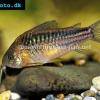 Elegant
Elegant 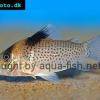 Saddle
Saddle 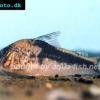 Fowler’s
Fowler’s 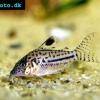 Gomezi
Gomezi 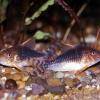 Palespotted
Palespotted 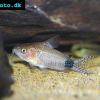 Guapore
Guapore 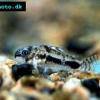 Dainty
Dainty 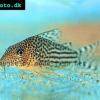 Mosaic
Mosaic 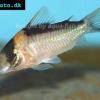 Imitator
Imitator 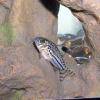 Julii
Julii 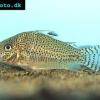 Leopard
Leopard 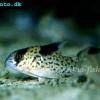 Black
Black 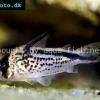 Slant-bar
Slant-bar 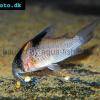 Bluespotted
Bluespotted 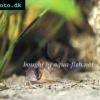 False
False 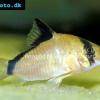 Bandit
Bandit 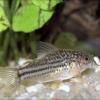 Mini
Mini 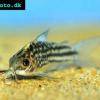 Napo
Napo 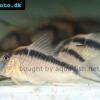 Corydoras
Corydoras 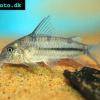 Blue
Blue 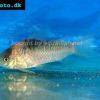 Nijssen’s
Nijssen’s 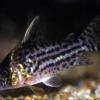 Ornate
Ornate 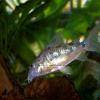 Peppered
Peppered 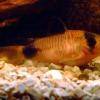 Panda
Panda 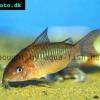 Albertini
Albertini 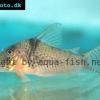 Pastaza
Pastaza 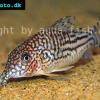 Corydoras
Corydoras 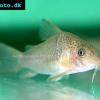 Many-spotted
Many-spotted 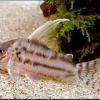 Pretty
Pretty 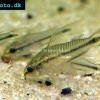 Dwarf
Dwarf 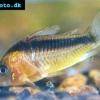 Iridescent
Iridescent 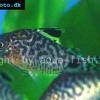 Reticulated
Reticulated 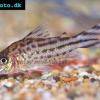 Bannertail
Bannertail 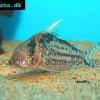 Robust
Robust 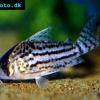 Schwartz’s
Schwartz’s 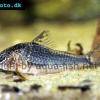 Black
Black 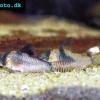 Longnosed
Longnosed 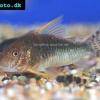 Seuss’
Seuss’ 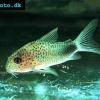 Smudge
Smudge 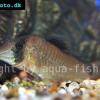 Masquerade
Masquerade 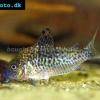 False
False 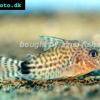 Millenium
Millenium 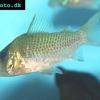 Pinkthroat
Pinkthroat 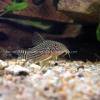 Sterba’s
Sterba’s 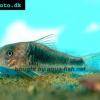 Longsnout
Longsnout 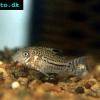 False
False 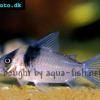 Miguelito
Miguelito 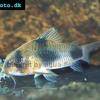 Twosaddle
Twosaddle 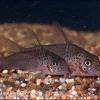 Xingu
Xingu 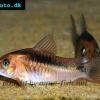 Black
Black 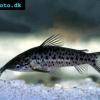 Porthole
Porthole 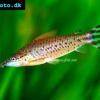 Flagtail
Flagtail 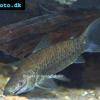 Brown
Brown 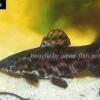 Spotted
Spotted